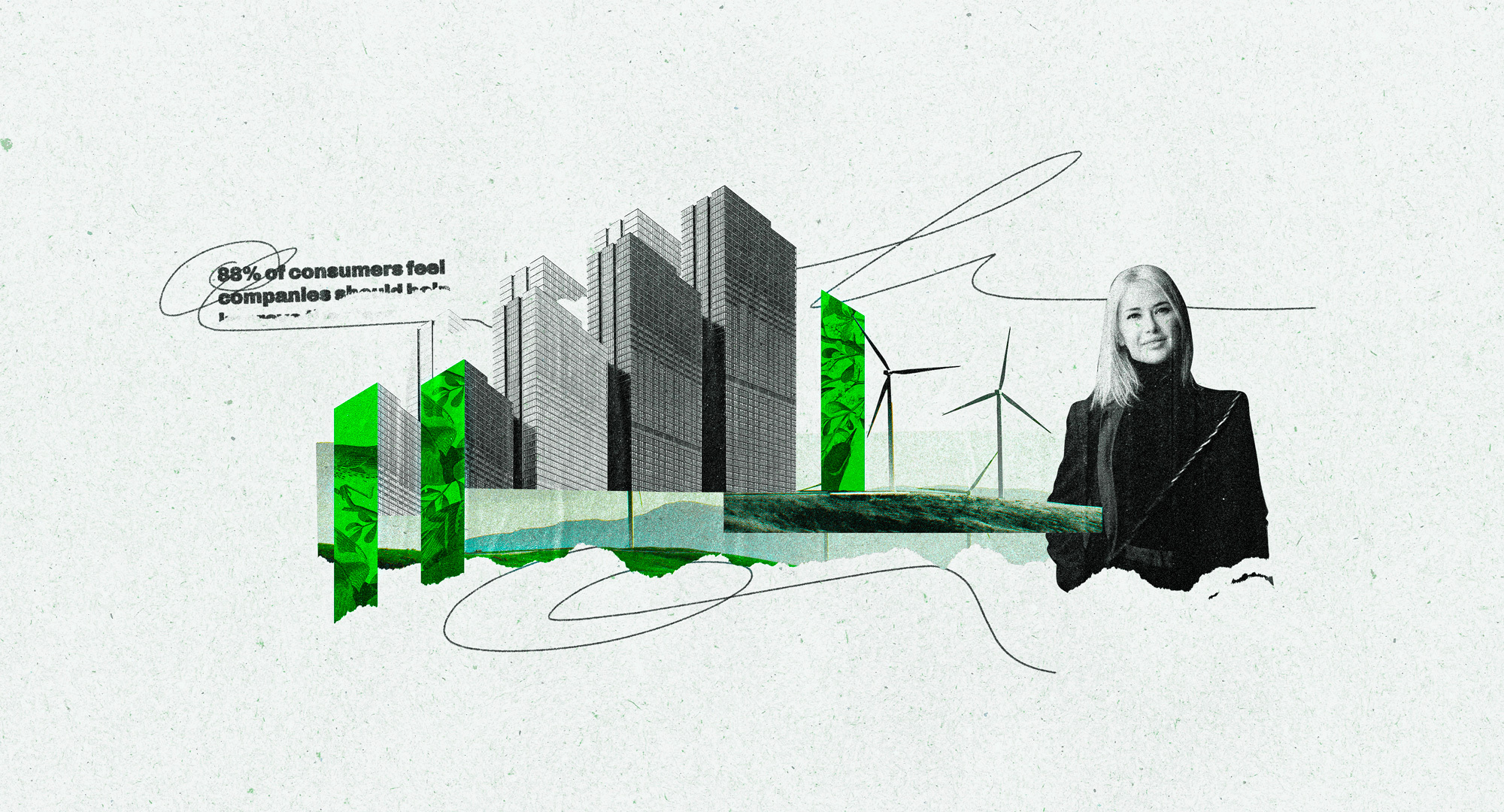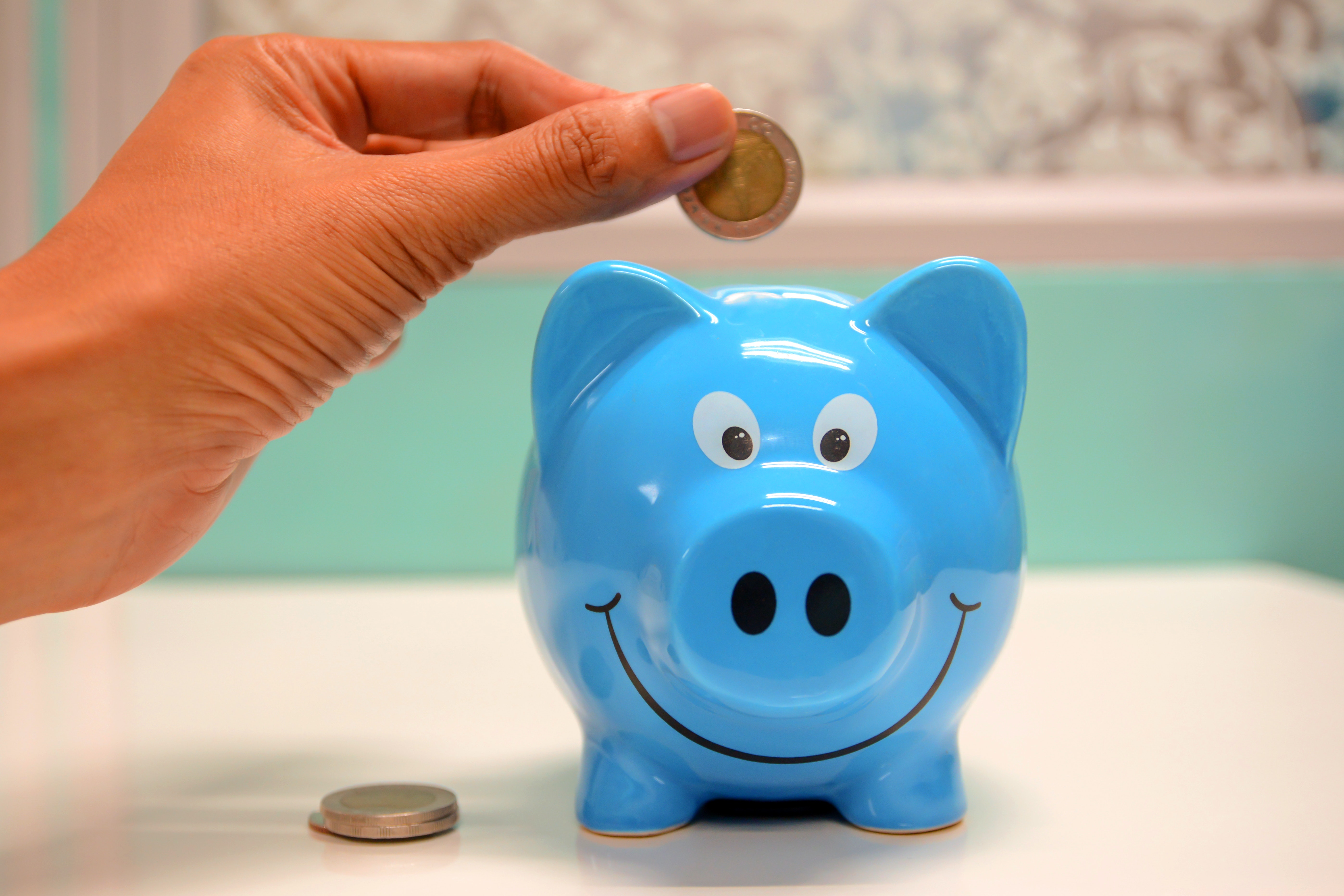How to Use Sustainability in Your Marketing
Sustainability is the watchword for 2022.
Everybody cares about the environment. In fact, 88% of consumers strongly feel companies should help improve the planet – and they want to make sure the brands receiving their money share those values.
But the popularity of the eco-friendly movement goes beyond reducing plastic and planting trees. You can benefit from environmentalist marketing messaging even if you can’t improve your products or practices.
To learn how to do this, read on.
Tell your story
Take a leaf out of veteran marketer Claude Hopkins’ book, and talk about what you already do, but in a new light.
In the 1900’s, family-owned business Joseph Schlitz Brewing Co. was circling the drain. Struggling to make headway on their competitors, they called in Hopkins.
Despite low sales, the Schlitz brewery was impressive and filled to the brim with the latest in scientific brewing technology and they were more than happy to give Hopkins the grand tour. It was the kind of place that would make Willa Wonka’s chocolate factory look boring: Hopkins was shown plate-glass rooms where golden streams of bubbling beer cascaded over pipes. Asking why they did this, they told him the rooms were pumped with filtered air to cool the beers without impurities.
They showed him the expensive filters filled with white wood pulp for a superior flavour, and how the beer never travelled through a pipe that hadn’t been cleaned that morning. The brewery even had its own 4,000 foot artesian wells for their own supply of pure, clean water.
Near the end of the tour, Hopkins spotted an illustration of a weird micro organism framed on the wall. What on earth was it? The answer was that it was Schlitz’s pride and joy – the mother yeast cell. The product of over 1,200 experiments, this yeast had been selectively bred for the distinctive Schlitz flavour: and every single bottle of Schlitz beer contained yeast directly descended from the mother.
Now, back then, the buzzword was “pure”. Beer makers competed to be seen by the public as the purest and cleanest on the market, but while Shlitz beer was indeed pure, Hopkins was more surprised by the mastery and craft Shlitz put into their process. Why had they not made this public?
Reveal the ordinary
The Schlitz staff shrugged. “Everybody makes beer this way,” they said. The cooling pipes, the pure water, the wood pulp, the mother yeast – it’s all simply the brewing process.
But Hopkins saw huge potential in letting the public in on these trade secrets. He crafted an advertising campaign based around the amazing ways Schlitz brewed their beer – and it worked. Schlitz shot to number one in sales in America, and enjoyed massive success over the next 50 years.
Here’s the thing: even though what they were doing wasn’t unusual in the brewing community, no one else was sharing it. Their normal, everyday routine was actually super interesting to the man on the street.
Hopkins was first to realise that, in advertising, it’s not necessarily what you tell – it’s how you tell it. He convinced millions of people to buy products and services using this principle, and it’s a source of comfort to everyone who thinks their business doesn’t have a story.
We can apply Hopkins’ storytelling principle to sustainable marketing. By broadcasting your environmental credentials – even if they’re usually taken for granted – you put your sustainability front and centre for everyone to see.
- Sell digital ebooks? Tell people how you made a conscious choice to reduce paper waste by using this format.
- Shipping takes a while? Let people know you’re committed to reducing pollution by prioritising sustainability over speed.
- Is your product recycled, vegan, reusable or recyclable? Let them know!
You get the gist – focus on the eco-friendliness of your products to capitalise on planet-friendly practices.
Have a mission
Besides revealing the sustainable methods you already practice, you also need a mission.
To promote yourself as a sustainable brand, you have to promote something that’s bigger than your products and services and transcends any notion of selling purely for profit.
Do you have a social mission that’s close to your heart? If not, spend time discovering what that is and how your brand can help in that mission.
For example, fashion brand Autumn Adeigbo sells clothing, accessories, and home decor items. However, its mission, as stated on its website, is to impact the lives of women on a global scale. They do so by using female-owned production facilities, employing female artisans, among other practices.
Aligning yourself to a social cause opens up more avenues for promoting your business, collaborating with others, and doing some good in the world.
What’s your mission? Have you any eco-friendly practices – or will you be adopting some in 2022? Let us know in the comments!





